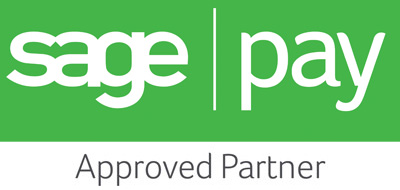Conducting Research For Content – Part 1
Drawing on the results of a research study to create engaging and persuasive content is a great way of marketing your products or services and understanding your customers.While there are many professional research centres out there conducting studies you can use, creating your own research survey provides a unique insight into the needs and wants of your customers and how they connect with your company. Experience of running studies is useful, but not essential as it is relatively easy to create a survey which provides all the information you need as long as you are aware of the common mistakes.
The main thing to bear in mind at every stage of designing a survey is that you are asking people to give their time to you for little or no direct reward. Keeping the mind-set of your survey-takers in mind at every stage of the process will ensure you do not make errors like making the survey too long, being unclear about what happens to their data and asking questions which are obvious set ups and which then skew your results.
Inclusivity is absolutely vital – in order to interpret your results it may be necessary to segment the responses by certain demographics, and you can only do this if respondents have provided gender, age and nationality information (or whichever demographic information you are interested in). It is best to provide age bracket boxes rather than ask people to type in their age or date of birth – as one of the first questions in any survey it's important that this does not feel intrusive and put people off completing the survey. For gender, provide the options
- male
- female
- prefer not to say
- other (with an optional free text field)
You may consider making some of these demographic questions optional if they are not vital in interpreting your results, but it's best to gather the data and then decide if it's relevant, rather than overlook it and then realise you can't do any meaningful analysis of the results. Knowing what you want to do with the data before you design the survey is absolutely crucial.
It is wise to offer a small reward for completing your survey, as incentivising participation can boost the numbers of people taking it – the bigger the data set the more reliable and relevant the results.You could offer a discount on future purchases, or the chance to win a gift card but be very clear that you are only gathering email addresses for this purpose. If people think they are being marketed to, or they'll end up on a mailing list as a result of taking your survey, they won't do it. It is also vital that you comply with GDPR regulations on the retention of data, so it is best to anonymise the results and only collect email addresses to a separate repository for the purpose of rewarding completers.
There's a fine line between designing a great survey, and one which seems like a self-congratulatory or marketing exercise. You need to know what you're going to use the data for before you start writing questions and providing multiple choice options, so involve your technical and marketing teams in this exercise. Avoid making direct comparisons between your products and those of a competitor, as your respondents will see right through this ploy and you'll end up with skewed, possibly unusable results.
While survey results provide great base data for content marketing, they can also inform research and development and a good survey can do both.
Join us in part 2 where we look at question design and survey length.
